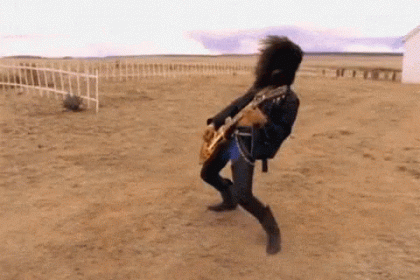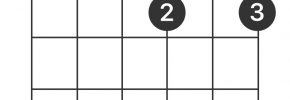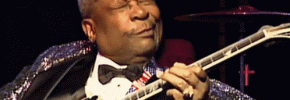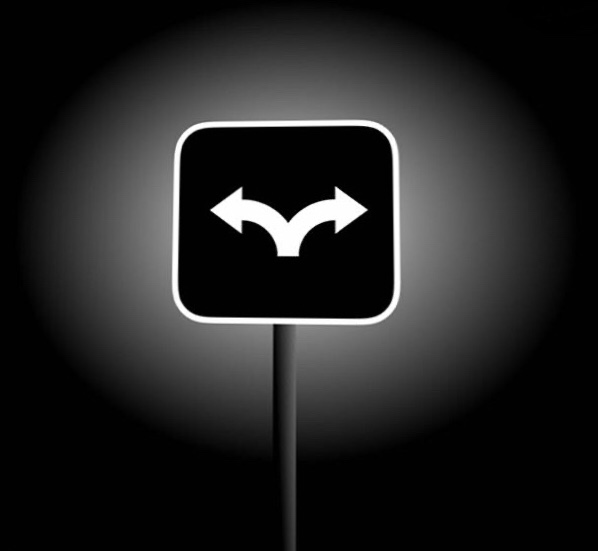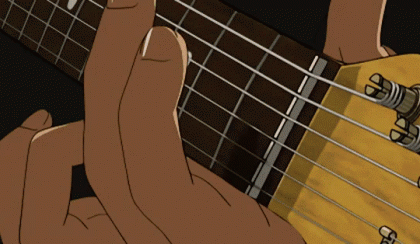Guaranteed progress

Many of us like to do things on our own as it gives us confidence in ourselves as well as the satisfaction of knowing that we didn’t need to depend on someone else.
Whether it is preferred or even necessary will depend on what exactly we are doing of course, however it’s safe to say that when the outcome is positive, we do get a sense of accomplishment, confidence, encouragement etc.
There are times however where we just can’t make something happen on our own even though the task itself does not require a second person. Physical limitations (ie. heavy lifting) or missing qualifications (ie. an electrician) are obvious reasons that require a second party that is capable or qualified to help, but what happens when the challenge is related to lack of training or knowledge, or better yet, lack of motivation?
Knowledge or training are simple enough nowadays as info is literally a simple internet search away. The internet offers multitudes of audio, video, and articles on almost anything from basic repairs, learning an instrument, to medical procedures! We do need to be careful with the source we choose to ensure that the source is accurate and trustworthy however information is no longer the problem it was 20 years ago as it is easily accessible in various formats through the web alone.
Lack of motivation and feeling discouraged are however major factors that can make or break your progress and often the number one reason for abandoning an activity altogether.
Enter: THE JUSTICE LEAGUE!
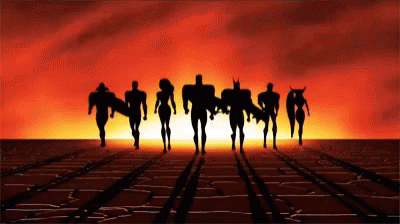
While I do say that to add humour, this is a perfect example of how even superheroes must sometimes join together to create a more effective team.
The solution can be as simple as including one or more people to the challenge. Not only will this make us accountable and obligated to others, but it will encourage and motivate one another as well. Since everyone has their own rhythm, strengths, weaknesses, and character, odds are that the day you lack motivation; someone else will be at the peak of theirs and therefore they may be just what is needed to keep you in the game. A little encouragement, perhaps even a little competition or simple support, can go a long way to pick you up at just the right moment.
So go ahead and ask for help! Create a support group, a network, a team, or … a league!
– Frank 🙂 👍
